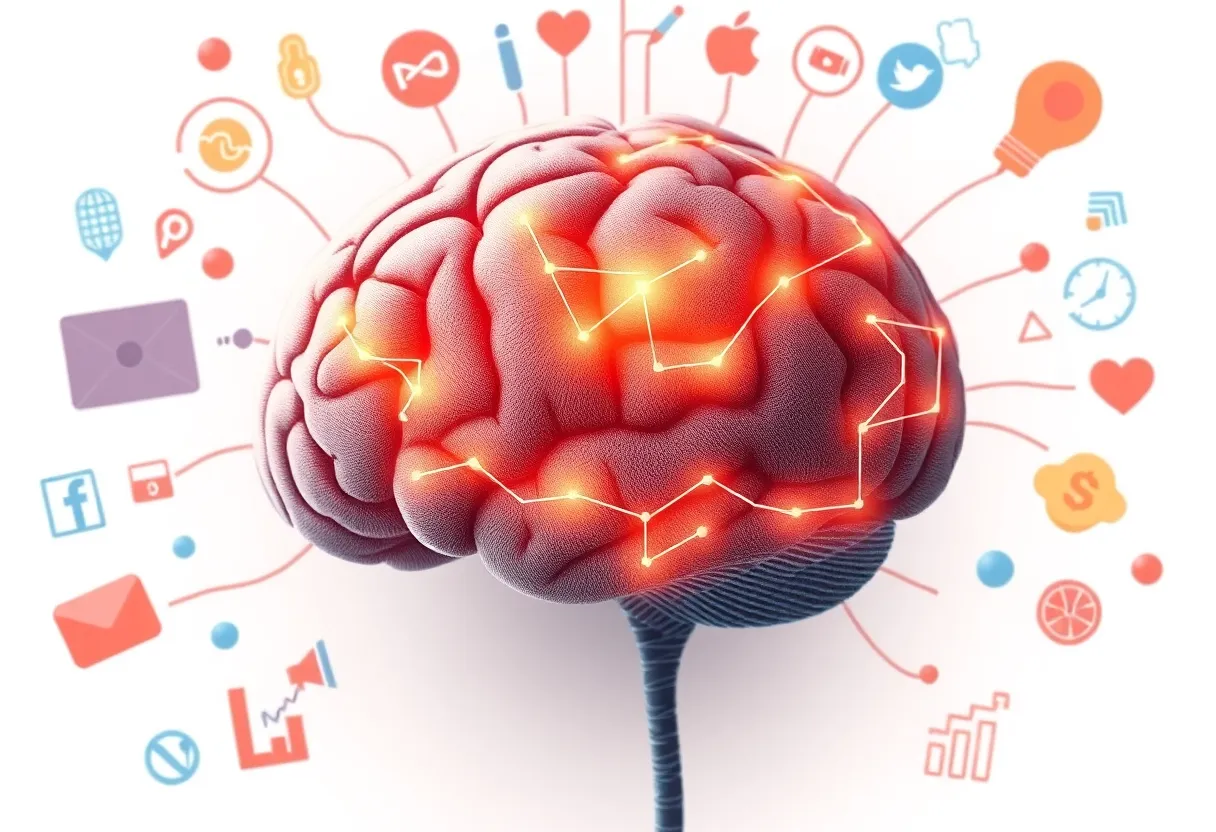

Understanding consumer behavior through neuromarketing techniques.
In the rapidly evolving landscape of digital marketing, understanding consumer behavior is an essential component for success. Traditional marketing approaches are increasingly supplemented by insights from neuroscience, giving birth to the field of neuromarketing. This innovative method focuses on how consumers’ brains respond to marketing stimuli, providing actionable insights to enhance campaigns. This article explores various dimensions of neuromarketing and how it can be utilized to comprehend consumer behavior in digital marketing.
Neuromarketing is an interdisciplinary field that combines neuroscience, psychology, and marketing. It seeks to uncover the underlying processes that shape consumer decision-making. By studying brain activity, emotions, and physiological responses, neuromarketing aims to inform marketers how potential customers think, feel, and behave. This knowledge allows for the crafting of more effective campaigns that resonate with consumers.
Utilizing neuroimaging technologies such as Functional Magnetic Resonance Imaging (fMRI) and Electroencephalography (EEG) provides insights into consumers’ subconscious reactions to marketing stimuli. These methods help identify which areas of the brain are activated when exposed to various advertisements, product designs, or brands. Marketers can analyze data to determine emotional engagement and cognitive responses, enhancing overall campaign effectiveness.
According to numerous studies, emotions play a crucial role in decision-making. Neuromarketing emphasizes the importance of tapping into emotional triggers, thereby driving consumer actions. Marketers can tailor their messages to resonate emotionally, creating a stronger connection with their target audience. This might involve storytelling techniques or incorporating visuals that evoke specific feelings.
Understanding how attention and memory function in the brain is a fundamental aspect of neuromarketing. Marketers can employ techniques to capture and retain consumer attention, such as striking visuals, engaging narratives, or innovative formats. By leveraging this knowledge, businesses can improve brand recall and recognition, resulting in increased loyalty and repeated purchases.
Utilizing insights from neuromarketing can significantly enhance ad campaigns. By analyzing how different creatives elicit brain responses, marketers can determine which elements are most effective. For instance, using color psychology to evoke specific feelings can be a powerful method. Colors influence perceptions and can drive emotional reactions; therefore, selecting the right palette is crucial.
In the digital space, user experience is pivotal. Neuromarketing principles guide the creation of user-friendly websites that align with consumer behavior. By applying techniques such as cognitive load theory, marketers can reduce cognitive overload and enhance navigation. This approach ensures that visitors can find what they need quickly, increasing the likelihood of conversion.
Neuromarketing also contributes to businesses’ abilities to personalize customer experiences. Through data analytics and neuromarketing principles, businesses can segment audiences effectively. By understanding the neural triggers that influence specific groups, marketers can develop tailored messages that resonate more profoundly with various segments.
Understanding consumer behavior is not limited to marketing strategies; it extends to product development as well. Neuromarketing can assist in creating products that meet consumer wants and needs more effectively. By examining how potential customers react to product features and functionalities, businesses can make informed decisions regarding design and innovation.
Neuromarketing techniques facilitate concept testing prior to product launch. By gauging initial reactions and emotional connections, marketers can refine product features or packaging. This ensures that the final product resonates with the targeted audience, increasing the chances of market success.
Understanding how consumers perceive brands is vital in the competitive digital landscape. Neuromarketing tools enable organizations to evaluate visual branding elements whether they are logo, packaging, or advertising designs. By assessing whether these elements evoke positive emotional responses, businesses can adapt their branding strategies accordingly.
While neuromarketing offers a plethora of insights, it also raises ethical considerations. Gathered data regarding consumers’ subconscious responses must be handled responsibly. Transparency in data collection and how it is utilized is crucial. Ethical neuromarketing practices promote consumer trust and positively impact brand reputation.
Acquiring informed consent for participation in neuromarketing studies is essential. Consumers must be aware of how their data will be used and the implications of participating. Respecting privacy regulations ensures that businesses maintain a positive relationship with consumers while upholding ethical standards.
Marketers must draw a line between effective persuasion and manipulative tactics. Neuromarketing should focus on enriching consumer experiences rather than exploiting psychological vulnerabilities. Ethical practices should aim for mutual benefit—helping consumers find products and services that genuinely meet their needs.
The integration of neuromarketing techniques is poised to expand as technology advances. Emerging tools will allow deeper insights into neurocognitive processes, enabling marketers to enhance their strategies further. With increasing consumer reliance on digital channels, understanding brain connections will become even more essential for crafting impactful marketing initiatives.
The intersection of artificial intelligence (AI) and neuromarketing could lead to groundbreaking developments. AI can analyze vast data sets, including brain activity, emotional responses, and consumer interactions. This synergy could lead to hyper-personalized marketing where recommendations align perfectly with individual preferences.
As neuromarketing tools evolve, real-time analytics will become more accessible. Marketers will be able to assess consumer reactions instantly, allowing for immediate adjustments in campaigns. This agility will enhance the effectiveness of digital marketing strategies, maximizing engagement and conversion rates.
Utilizing neuromarketing to understand consumer behavior provides businesses with a competitive edge in the digital marketing domain. Brain imaging techniques and understanding emotional responses empower marketers to design campaigns that resonate more deeply with their audience. By integrating ethical practices and keeping consumer interests at the forefront, neuromarketing can shape future strategies, leading to enhanced customer experiences and improved business outcomes.
News Summary A group of four rhesus macaque monkeys, who escaped from a research facility…
News Summary A bomb threat led to the closure of I-85 near Greenville, SC, causing…
News Summary A tragic incident in Hopkins, South Carolina, has left a community in mourning…
News Summary Israel is currently undergoing significant political turmoil, with Prime Minister Netanyahu facing intense…
News Summary The sudden death of former U.S. Attorney Jessica Aber at the age of…
News Summary Michael Haldeman, owner of SpokeWorks Bicycle Workshop in Summerville, SC, has been named…